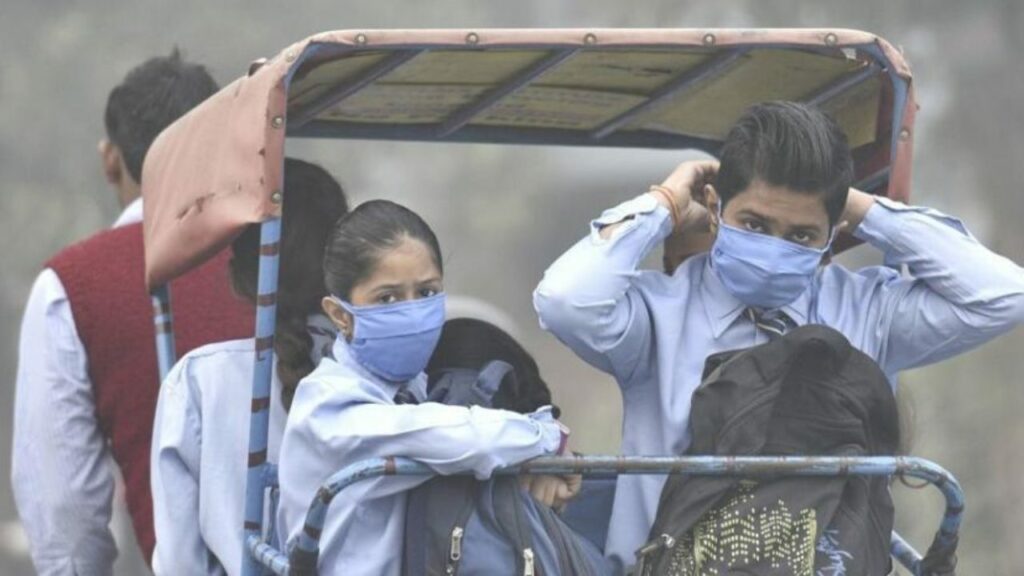Delhi which has earned a bad name for air pollution and crime rates. In recent years, Delhi is known to have having some of the worst air pollution not just in the country but across the globe. Now, as per recent developments, there has been a massive 30-40% increase in respiratory cases in the national capital, in which particularly the children and the elderly are caught in crossfire.

Experts Warn of Health Risks as Delhi’s Air Quality Plummets to ‘Very Poor’ Levels
In the light of air quality being in the ‘poor’ category for over a week, these experts have recommended to minimize the outdoor activities as well as minimize the exposure to dust.
With a ‘very poor’ air quality index (AQI) of 367, on Wednesday, the city was blanketed by a dense layer of smog blanketed. Notably, some monitoring stations reported the levels to be ‘severe’.
As per a senior consultant in respiratory medicine, Dr. Arunesh Kumar, hospitals are witnessing a sharp rise in respiratory ailments due to pollutants like PM2.5 and PM10 being trapped by colder weather and stagnant air.
What is PM2.5 and PM10?
PM2.5 or fine particulate matter, is a type of air pollutant that is made up of particles that are 2.5 micrometres or less in diameter whereas PM10 refers to particles 10 micrometres or smaller, both posing serious health risks.
Rising Respiratory Issues Amid Delhi’s Poor Air Quality
A resident doctor, Anshita Mishra highlighted that the number of patients in OPDs reporting the symptoms such as dry cough and eye irritation are increasing and she is anticipating the number to go up post Diwali as well as stubble burning. She also highlighted the rising prevalence of asthma and allergic reactions among children, who are particularly sensitive to dust.
Citing 25-30% rise in respiratory issues like asthma and bronchitis among older adults, Dr. Mukul Mohan Mathur warned that the pollution is exacerbating the existing health conditions.
Due to the current air quality in Delhi, Stage II of the Graded Response Action Plan (GRAP) has been implemented. This plan restricts the use of coal, firewood, and diesel generators.
Not just respiration, PM2.5 particles can potentially enter the bloodstream and affect the cardiovascular and neurological health. To imagine it better, a human hair is about 100 micrometres, so roughly 40 fine PM2.5 particles could be placed on its width.
The rise in respiratory complaints, including prolonged upper respiratory infections, has been notable since mid-October. Dr. Rommel Tickoo confirmed an increase in cases of cough, cold, and breathing difficulties, particularly among the elderly and those with pre-existing conditions.













